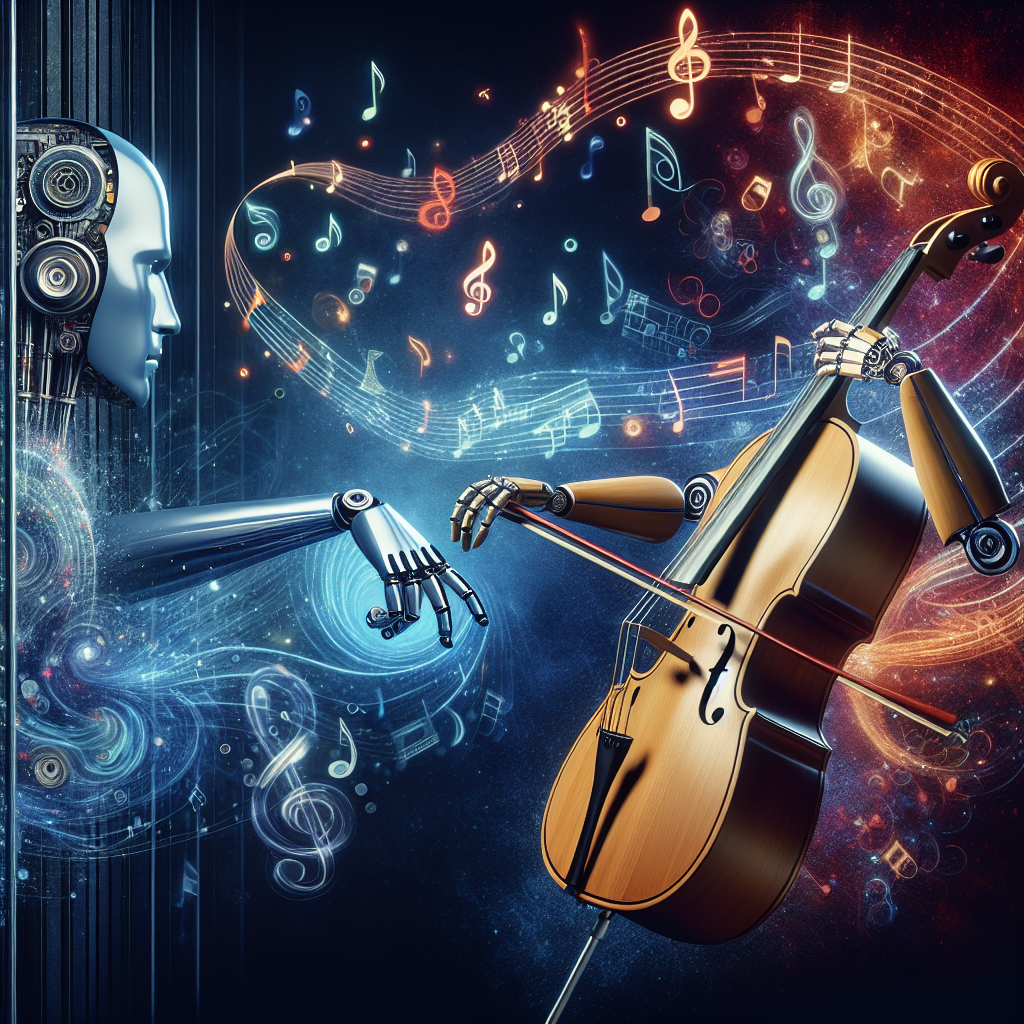For a long time, music has acted as a universal language, bridging gaps across borders, cultures, and backgrounds. Yet, access to music creation, education, and enjoyment has frequently been hampered by several barriers—financial issues, geographic constraints, and even physical handicaps. The emergence of artificial intelligence (AI) is fundamentally transforming the landscape of music accessibility. This article delves into how AI is dismantling these obstacles, making music more democratic for everyone.
1. Redefining Music Creation
AI as a Collaborative Tool
AI-enhanced tools are transforming music composition by enabling individuals without formal training to produce high-quality tracks. Platforms such as AIVA, Amper Music, and OpenAI’s MuseNet harness machine learning algorithms to create original compositions. This shift democratizes entry into music, lowering barriers for aspiring artists who may lack resources or technical know-how.
Users simply need to provide basic parameters like mood, genre, and instruments, and the AI crafts a track accordingly. This not only fuels creativity but also fosters collaboration among those who previously thought they couldn’t make a musical contribution.
Enhancing Existing Skills
For experienced musicians, AI can act as an enhancement rather than a replacement. Tools like BandLab and Logic Pro X are integrating AI-driven features that assist in songwriting, mixing, and mastering. These innovations help artists refine their sound and streamline the creative process, allowing for a more seamless music production experience.
2. Music Education for Everyone
Personalized Learning Experiences
AI is transforming music education by offering tailored learning experiences. Apps like Yousician and SmartMusic utilize AI to customize lessons according to individual progress and skills. This personalized method accommodates diverse learning styles and paces, making music education more inclusive.
Moreover, AI-driven platforms can analyze a student’s performance in real time, providing instantaneous feedback and facilitating more effective improvement compared to traditional methods. This innovation is particularly advantageous for students with learning disabilities who may need a different approach to education.
Access to Resources
Thanks to AI algorithms, users can effortlessly locate tutorials, sheet music, and practice activities suited to their skill level and musical preferences. Additionally, many online platforms offer free or low-cost resources, which help eliminate financial obstacles often associated with conventional music education.
3. Inclusion for All Abilities
Assistive Technologies
AI is vital in making music accessible for individuals with disabilities. Assistive technologies powered by AI, including eye-tracking systems and adaptive instruments, enable people with physical limitations to create and engage with music. For example, digital applications can translate movements into sound, allowing those who are unable to use traditional instruments to express their creativity.
Enhancing Performance Accessibility
Live events and performances are also becoming more accessible through AI, which can provide real-time translation for hearing-impaired audiences and offer audio descriptions for visually impaired attendees. This promotes a more inclusive environment where everyone can enjoy live music together.
4. Expanding Genres and Cultural Diversity
Global Access to Music Creation
AI is aiding in diversifying music by simplifying the process for creators from various cultural backgrounds to share their unique sounds and influences. AI-enabled platforms can highlight lesser-known genres, allowing artists from diverse backgrounds to gain recognition in the global marketplace. This enriches the musical landscape and helps preserve cultural heritage through modern expressions.
Bridging Language Gaps
AI-driven translation tools and language models facilitate collaboration among artists across linguistic boundaries. By overcoming language barriers, AI is helping cultivate a music industry that is more inclusive, where varied voices can be heard and appreciated.
Conclusion
AI is more than a buzzword; it is a transformative instrument that possesses the potential to overhaul the entire music ecosystem. By dismantling barriers related to creation, education, performance, and cultural diversity, AI is paving the way for a more inclusive musical future.
As technology continues to advance, it is vital for all stakeholders—from artists and educators to technologists and policymakers—to prioritize accessibility in music. By doing this, we can ensure that the joy of music is accessible to everyone, regardless of their background, skills, or circumstances. The future of music is bright, collaborative, and most importantly, accessible for all.

